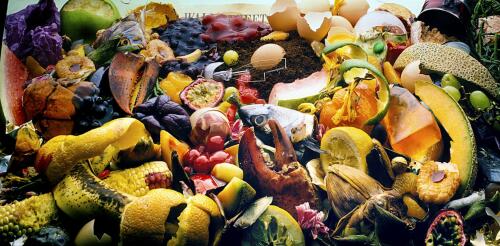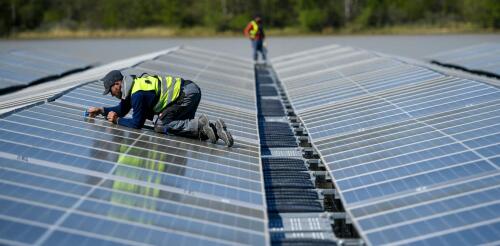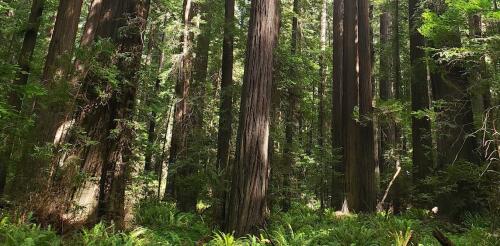Climate change
This article is part of a collaboration with Boulder Reporting Lab, The Center for Environmental Journalism at the University of Colorado Boulder, KUNC public radio and The Conversation U.S. to explore the impacts of the devastating Marshall Fire one year after the blaze. The series can be found at the Boulder Reporting Lab. On Dec. 30, 2021, one of the most destructive wildfires on record in Colorado swept through neighborhoods just a few miles from our offices at the University of Colorado Boulder. The flames destroyed over 1,000 buildings, yet when we drove through the affected neighborhoods, some houses were still completely intact right next to homes where nothing was left to burn. Although the people who lived in these still-standing homes were spared the loss of everything they owned, when they returned after the fire, they found another disaster. Noxious smells and ash on their windowsills and doorways initially made their homes unlivable – and potentially hazardo...
You saw it at Thanksgiving, and you’ll likely see it at your next holiday feast: piles of unwanted food – unfinished second helpings, underwhelming kitchen experiments and the like – all dressed up with no place to go, except the back of the refrigerator. With luck, hungry relatives will discover some of it before the inevitable green mold renders it inedible. U.S. consumers waste a lot of food year-round – about one-third of all purchased food. That’s equivalent to 1,250 calories per person per day, or US$1,500 worth of groceries for a four-person household each year, an estimate that doesn’t include recent food price inflation. And when food goes bad, the land, labor, water, chemicals and energy that went into producing, processing, transporting, storing and preparing it are wasted too. Where does all that unwanted food go? Mainly underground. Food waste occupies almost 25% of landfill space nationwide. Once buried, it breaks down, gener...
The year 2022 was a tough one for the growing number of people living in food insecurity and energy poverty around the world, and the beginning of 2023 is looking bleak. Russia’s war on Ukraine, one of the world’s largest grain and fertilizer feedstock suppliers, tightened global food and energy supplies, which in turn helped spur inflation. Drought, exacerbated in some places by warring groups blocking food aid, pushed parts of the Horn of Africa toward famine. Extreme weather disasters have left trails of destruction with mounting costs on nearly every continent. More countries found themselves in debt distress. But below the surface of almost weekly bad news, significant changes are underway that have the potential to create a more sustainable world – one in which humanity can tackle climate change, species extinction and food and energy insecurity. I’ve been involved in international sustainable development for most of my career and now teach climat...
Rivers of muddy water from heavy rainfall raced through city streets as thousands of people evacuated homes downhill from California’s wildfire burn scars amid atmospheric river storms drenching the state in early January 2023. The evacuations at one point included all of Montecito, home to around 8,000 people – and the site of the state’s deadliest mudslide on record exactly five years earlier. Wildfire burn scars are particularly risky because wildfires strip away vegetation and make the soil hydrophobic – meaning it is less able to absorb water. A downpour on these vulnerable landscapes can quickly erode the ground, and fast-moving water can carry the debris, rocks and mud with it. After the 2018 mudslide in Montecito, firefighters checked homes. Twenty-three people died in the disaster. Wally Skalij/Los Angeles Times via Getty Images With more storms expected through mid...
Many of the companies promising “net-zero” emissions to protect the climate are relying on vast swaths of forests and what are known as carbon offsets to meet that goal. On paper, carbon offsets appear to balance out a company’s carbon emissions: The company pays to protect trees, which absorb carbon dioxide from the air. The company can then claim the absorbed carbon dioxide as an offset that reduces its net impact on the climate. However, our new satellite analysis reveals what researchers have suspected for years: Forest offsets might not actually be doing much for the climate. You can listen to more articles from The Conversation, narrated by Noa, here. When we looked at satellite tracking of carbon levels and logging activity in California forests, we found that carbon isn’t increasing in the state’s 37 offset project sites any more than in other areas, and timber companies aren’t logging less than they did before. The findings s...




